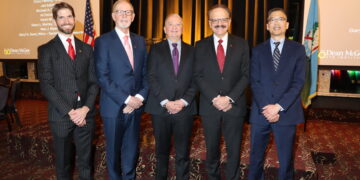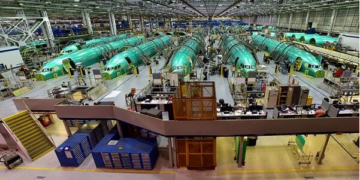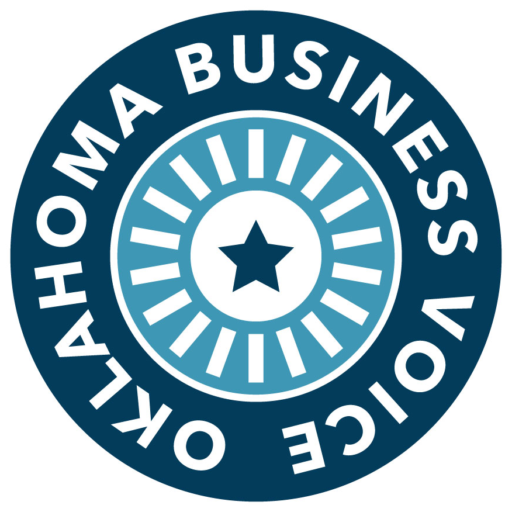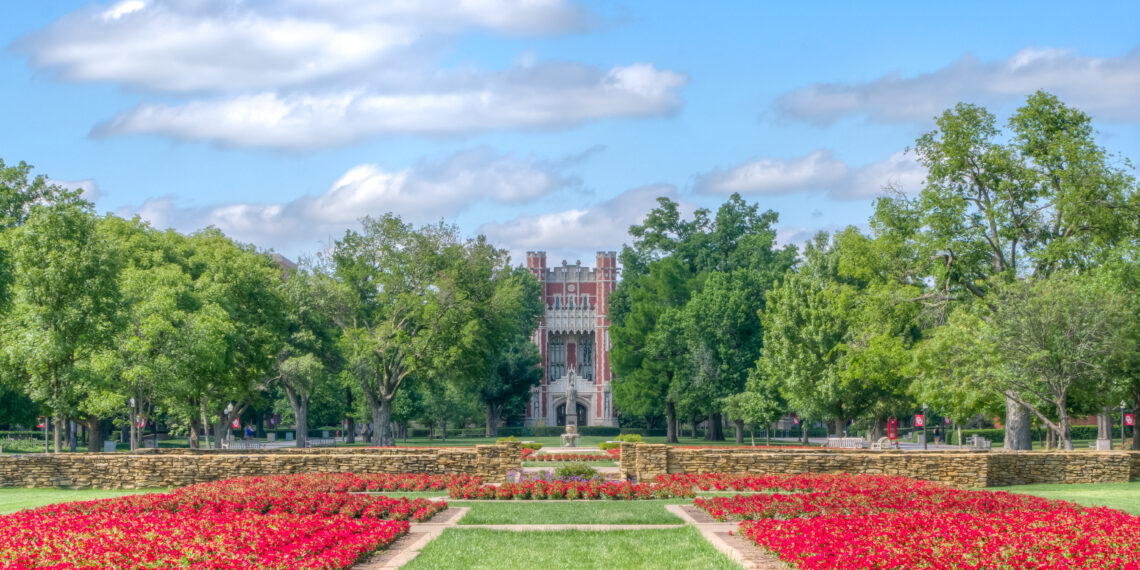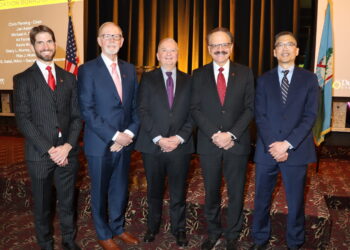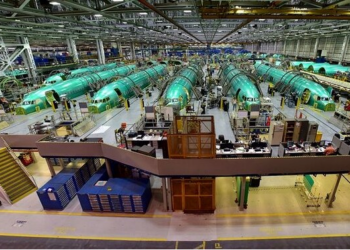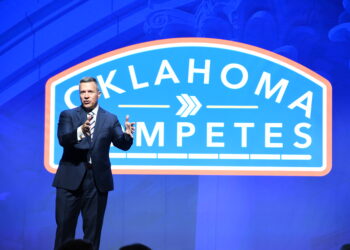OKLAHOMA CITY (OBV) – Oklahoma’s universities and colleges generated several billions of dollars for the state’s economy in fiscal year 2024.
The Oklahoma State Regents for Higher Education hired the University of Cincinnati Economics Center to produce an economic impact study analyzing higher education’s economic contributions to Oklahoma, according to a news release from the Regents for Higher Education.
The economic impact study found that the 25 public colleges and universities that compose the state’s higher education system made the following contributions in FY24:
- $14.61 billion in economic impact
- Directly and indirectly supported more than 111,000 jobs
- Generated $461.8 million in tax revenue for state, county, and local governments
“The State Regents and our public colleges and universities remain focused on producing successful graduates that fulfill Oklahoma’s evolving workforce needs,” said State Regents’ chair Dennis Casey. “The $14.61 billion total economic impact of our state system clearly shows that public higher education is integral to Oklahoma’s continued economic growth.”
More Oklahomans are becoming college educated and successful because of their advanced education.
The impact study shows that the number of Oklahomans age 25 and older with an associate degree or higher increased from 31 percent to 36 percent in last 10 years.
The higher the degree level, the higher the wage, according to the study.
Median wages for individuals in Oklahoma five years after completing a degree are as follows:
- Associate degrees, $53,503
- Bachelor’s degrees, $57,336
- Master’s degrees, $67,270
- Doctorates, $77,834
- First professional degrees, $118,977
A degree also propels students into Oklahoma’s workforce.
The study states that 93.7 percent of resident undergraduates got a job in the state a year after graduating. Also, 61.3 percent of non-resident graduates entered Oklahoma’s workforce.
“Oklahoma’s public institutions play a crucial role in shaping the workforce, driving innovation, and advancing economic development,” said Chancellor Sean Burrage. “Our Blueprint 2030 strategic plan prioritizes aligning academic programs to meet employment needs, with the goal to produce more educators, engineers, computer scientists, and nurses.”
The Oklahoma’s Promise scholarship program is not only helping young people obtain a college education, it’s also bringing economic value to the state and growing the workforce.
Oklahoma’s Promise is the commonly used name for the Oklahoma Higher Learning Access Program (OHLAP). The Oklahoma Legislature created OHLAP in 1992 to help more Oklahoma families send their children to college. The scholarship is available to students who meet certain income, academic and conduct requirements. It can be used for college or technology school tuition. The Oklahoma State Regents for Higher Education administers Oklahoma’s Promise.
The study found the following:
- Every dollar invested in the Oklahoma’s Promise generates $5.88 in economic output;
- A large majority of Oklahoma’s Promise recipients live and work in Oklahoma after graduation;
- Over 94 percent of Oklahoma’s Promise graduates found work in Oklahoma one year after graduation; and
- 86 percent were still employed in Oklahoma five years after graduation.
The full economic impact report is shared below:


